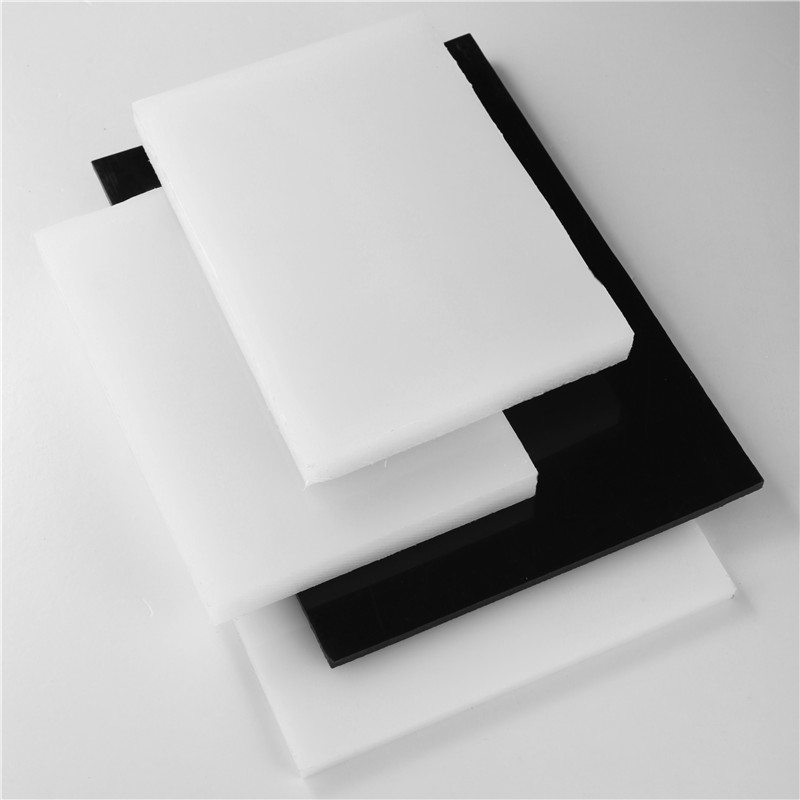Окт . 22, 2024 14:14 Back to list
Effective Solutions for HDPE Drainage Pipe Applications and Installation Techniques
Understanding HDPE Drainage Pipes A Comprehensive Overview
High-Density Polyethylene (HDPE) drainage pipes have become a popular choice in various construction and drainage projects due to their robust properties and numerous advantages. In recent years, the demand for reliable and efficient drainage solutions has seen a significant rise, prompting the construction industry to innovate and adopt materials that enhance performance while reducing environmental impact. This article delves into the characteristics, benefits, applications, installation, and environmental considerations of HDPE drainage pipes.
Characteristics of HDPE Drainage Pipes
HDPE is a thermoplastic polymer known for its excellent strength-to-density ratio. HDPE drainage pipes are characterized by their smooth inner surfaces, which reduce friction and promote efficient fluid flow. They are designed to withstand high pressure and resist chemical degradation, making them suitable for various applications, including residential, commercial, and industrial drainage systems.
The pipes are available in different diameters and wall thicknesses, allowing for flexible design tailored to specific project requirements. Additionally, HDPE pipes are lightweight, making them easier to handle and install compared to traditional materials like PVC or concrete.
Benefits of HDPE Drainage Pipes
1. Durability One of the most significant advantages of HDPE drainage pipes is their durability. Resistant to corrosion and impact, HDPE does not crack or break easily under stress, ensuring a long service life, often exceeding 50 years.
2. Flexibility and Adaptability HDPE pipes can bend and adjust to the ground movement without losing their integrity, making them ideal for areas prone to earthquakes or soil shifts.
3. Cost-Effectiveness Although the initial investment in HDPE pipes may be higher than some alternatives, the long-term savings on repair, maintenance, and replacement costs make them a cost-effective solution.
4. Environmental Friendliness HDPE is 100% recyclable, and the manufacturing processes have a low environmental impact. The reduced need for maintenance further contributes to its eco-friendly profile.
5. Easy Installation The lightweight nature of HDPE pipes simplifies installation processes, often reducing labor costs and installation times. They can also be easily transported to remote locations.
hdpe drainge pipe

Applications of HDPE Drainage Pipes
HDPE drainage pipes are used in various applications, including
- Stormwater Management Their effective flow characteristics make them ideal for managing stormwater runoff, preventing flooding, and ensuring proper drainage in urban areas. - Wastewater Management HDPE pipes are extensively used in sewage and wastewater systems due to their resistance to bacteria and low permeation rates.
- Agricultural Drainage These pipes are also employed in agricultural settings for subsurface drainage, helping to manage water levels and optimize crop yields.
- Landfill Drainage HDPE pipes play a vital role in landfill operations by providing effective leachate management systems.
Installation and Maintenance
While HDPE pipes are known for their ease of installation, proper techniques should be followed to ensure optimal performance. The installation typically involves trenching, positioning the pipe, and backfilling. It’s crucial to ensure that the bedding material is appropriate to prevent settling and maintain the structural integrity of the system.
Maintenance of HDPE drainage systems is minimal, but regular inspections are recommended to identify any blockages or damage due to external factors. Given their robust nature, HDPE pipes can usually withstand most environmental challenges.
Conclusion
HDPE drainage pipes represent a significant advancement in the field of drainage systems, combining durability, flexibility, and environmental sustainability. Their widespread applications in stormwater, wastewater, and agricultural drainage attest to their effectiveness and reliability. As the construction industry continues to evolve and prioritize sustainable practices, HDPE drainage pipes are likely to remain a cornerstone in efficient and eco-friendly infrastructure solutions. Embracing HDPE technology not only enhances performance but also contributes to a healthier environment, making it a worthy consideration for future projects.
-
PVC Transparent Sheet Roll - Durable & Flexible PVC Plastic Sheet Roll for Industrial & Home Use
NewsJun.24,2025
-
High-Quality PVC PPR Pipes and Fittings Durable ERA PPR Solutions
NewsJun.10,2025
-
High-Quality Large HDPE Sheets & Large Diameter PVC Pipe Durable Large PVC Pipe Supplier
NewsJun.10,2025
-
High Density Polyethylene Cutting Board - Durable & Food Safe
NewsJun.09,2025
-
3 Inch PVC Pipe for Durable Irrigation Affordable & Reliable
NewsJun.09,2025
-
Premium PPR Plastic Water Pipe Fittings - Durable & Leak-Free
NewsJun.09,2025

